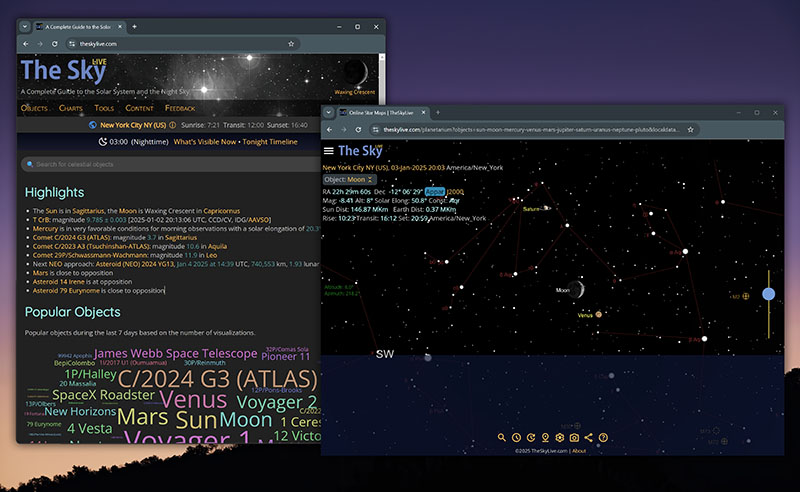We currently have a visitor that won't be back for another 6,800 years, so this is probably your best shot at seeing it. It's the brightest comet since Hale-Bopp, and visible to the naked eye but binoculars or a telescope won't hurt. And, it's easy to spot in the night sky assuming you have a decent view -- below the Big Dipper, by about 15-odd degrees' altitude. For better ease of finding, use this online tool:

 theskylive.com
theskylive.com

A Complete Guide to the Solar System and the Night Sky | TheSkyLive
TheSkyLive offers comprehensive information about the most interesting celestial objects, and a set of tools designed to support the exploration and observation activities for astronomy enthusiasts at every skill levels
 theskylive.com
theskylive.com
